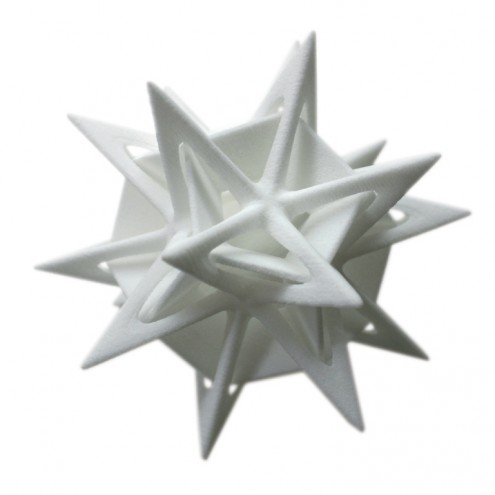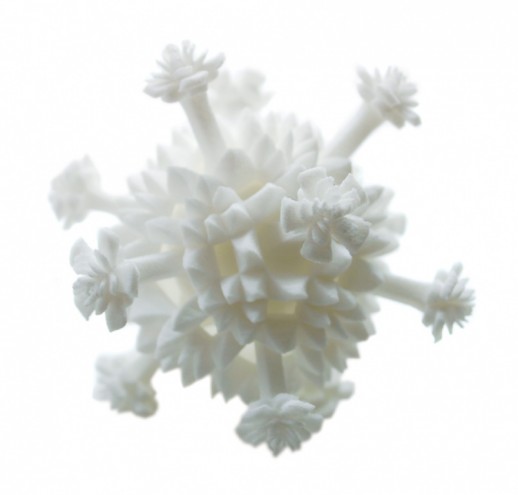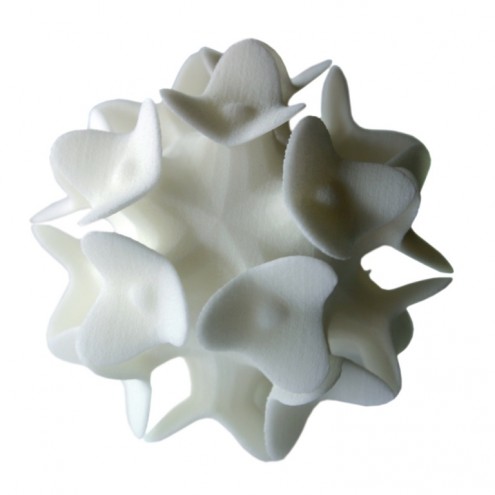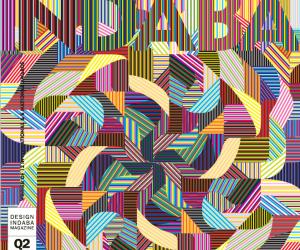First Published in
“Creative and scientific thinking is exactly the same,” says Michaella Janse van Vuuren. With a doctorate in electrical engineering and a creative portfolio dating back to when she was a toddler, the Pretoria resident has discovered a middle ground between her two passions through rapid prototyping.
Recently having burst on to the scene with her Nomili label of jewellery, LED lights, sculptures and domestic products, Janse van Vuuren’s Chrysanthemum Centrepiece was a surprise entry and winner of the Most Beautiful Object in South Africa at the Design Indaba Expo 2009. The centrepiece is a reversible bowl and tealight holder that illuminates enchantingly from within. Everyone has been asking who she is.
For Janse van Vuuren, exhibiting at Design Indaba Expo and winning the award is acknowledgment of a life-long exploration into the crossovers between science and art. Having grown up believing that she would be an artist, she went to Pro Arte High School in Pretoria, specialising in puppetry, sculpture and video. Pursuing this path into tertiary studies however, she flailed and after a brief sojourn into computer programming discovered electrical engineering. Upon completing a Bachelor degree at the University of Cape Town, she specialised in digital image processing and based her doctorate on a human action recognition program.
“If you study human action recognition, you are told to look at the positive spaces. But suddenly my art background came back into play in that I can look at an image and see what it is, as opposed to what your brain thinks it is. So I asked why not look at the negative space – if I open my arm there’s this big triangular shape that appears between my arm and my body, and the ratio would be different according to the position of the arm,” she laughingly reveals her aha-moment.
After her doctorate, she felt that “my art had knocked on the door and come in to sit on the couch – I had to do something with it”. But she got stuck on how to combine the art and the engineering, until she stumbled upon rapid prototyping. Doing some research, she discovered that the Central University for Technology in Bloemfontein has the most 3D printers in Africa and promptly enrolled for a post-doctorate in medical applications. Using a 3D scanner, she worked on a program that scans patients’ bones and allows doctors to design implants that can be printed in titanium. (The research is currently on hold until the insurance companies endorse the treatment).
Having gained trust and access to the facilities, she started experimenting with using the technology for creative output. “Access to the machines is very expensive – so unless you have a good reason or are crazy like me, it is prohibitive,” she laughs. “At the moment I still feel so stupid because I can’t really get my mind into what the technology means and what we can create with it.”
But her eyes light up as she starts talking about how her sculptures and experiments engage with the possibilities of form – balls within balls, intertwined balls and polyhedrons, intricate lattices, and perfectly realised star shapes. “You can create objects in a way that has never been done before. Previously you would have had multiple moulds that were put together again in assembly. With selective laser sintering, these objects get printed in layers of nylon powder that is melted according to the design, allowing you to just dust off the powder for the parts to come loose,” she gushes.
It’s not just the end product that fascinates Janse van Vuuren though, but also the distribution and production paradigm. “Where it used to be mass manufacture, it’s now moving towards mass customisation because for the same price, I can print out 20 to look exactly the same or 20 that are each different. In traditional manufacture, every one of those 20 different objects would have had a mould,” she continues to bubble over with enthusiasm.
In terms of distribution, if she gets an order from, say, New York, she can email a digital file to a New York-based 3D printing studio from which the client can collect the end product – no carbon miles. This also has significance for her international reputation and reach as a professional – but that’s already in the bag.
Shortly after winning the Most Beautiful Object in South Africa accolade in March, her first international contract came through for the Pinecone Lampshade. A collaboration with Belgian designer Jan van Mol, who lives in South Africa, the lampshade is to be included in Materialise’s Flower Collection for 2009. The pair is also continuing investigation into how the lamp can be energised using solar panels.
“Thinking as an artist and as an engineer is not that different after all,” Janse van Vuuren returns. Both professions go through the phases of information gathering, a sifting process, an aha moment, and driven final execution, she goes on. In fact she may be talking about her own life.










